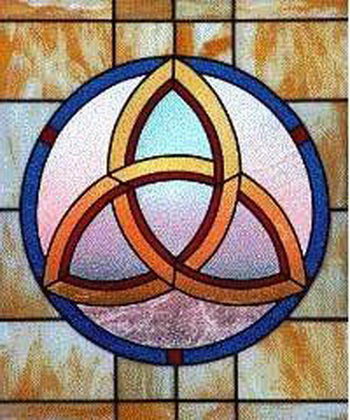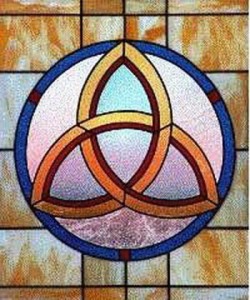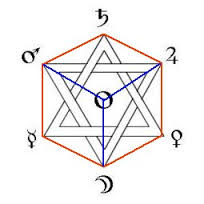

There are different forms of happiness. There is sukha, happiness derived from worldly successes, worldly exchanges. This happiness, sukha, is fleeting because always dukha, or sorrow, comes along next. In the one hand is happiness, sukha and in the other hand is sorrow, dukha. They are ever going from one to the other but there is another type of happiness that is not qualified in the same way as sukha and that isanandam. Anandam is bliss eternal and does not have these qualifications. It has no opposite expression. The bliss eternal, anandam, is not associated with any particular time, place, or person. It has its own existence and it no opposite. This happiness does not derive from the achievement of anything.

































